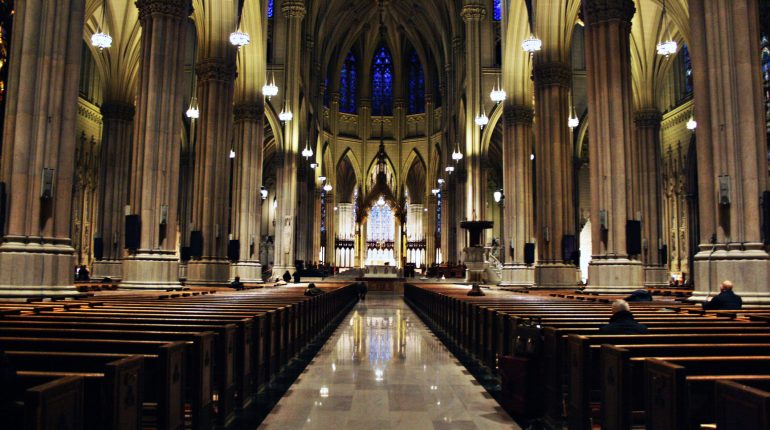
The Church of Ireland follows an episcopal form of governance, as with other Anglican churches. The use of this traditional structure dates back to the Reformation times. The churches belong to dioceses and parishes based on their geographical location. The Church of Ireland has 12 dioceses each headed by bishops and governed by a Diocesan Council drawn from the clergy and laity.
The Archbishop of Armagh and the Archbishop of Dublin, from the Northern and Southern Provinces respectively, head the Church of Ireland. The two can be described as the Primate of All of Ireland, and the Primate of Ireland respectively, suggesting that the ultimate seniority of the two belongs to the former.
The Church of Ireland is governed by the General Synod, which comprises about 650 members elected members and bishops of the churches. The General Synod meets once every year, where critical decisions about the running of the church are made. Decisions arrived at by using a weighted majority.
General Synod
< p>The church’s General Synod is tasked with the responsibility of giving direction on matters of Doctrine, church policies, church governance, and liturgical issues.
p>The church’s General Synod is tasked with the responsibility of giving direction on matters of Doctrine, church policies, church governance, and liturgical issues.
The General Synod Structure is composed of two houses – the house of bishops and the house of the representatives. The House of Bishops has ten bishops and two archbishops. The order in the House of Representatives gives clergy one-thirds of the seats, while the laity holds two-thirds of the set (216 and 432 respectively).
Both houses are allowed to hold joint seating when making extensive deliberations. But when it comes to matters voting, each house has to sit separately.
Any change in policy must be passed by both houses using a simple majority. On the other hand, modification of doctrine requires a two-thirds majority in both houses.
Orders of Ministry
The church of Ireland follows a three-fold ordering of the ministry, with the deacons, priests, and bi shops tasked with the responsibility of holding the church together. Here are some of the main orders of ministry.
shops tasked with the responsibility of holding the church together. Here are some of the main orders of ministry.
- Diocesan Governance: Each diocese is led by a bishop and is governed by an elected team known as the Diocesan Council. The council is drawn from some clergy and laity in the diocese. The diocesan government oversees the operations of the diocese subject to the constitution and laws of the Church of Ireland.
- Parochial Governance: Each parish has a presiding member of the clergy and a select vestry that runs its operations. The vestry is elected by the parishioners and chaired by a priest.
- Cathedral governance: The cathedral board is responsible for all critical aspects of management. However, there are special provisions for some cathedrals.
All members of the Church of Ireland are linked by a common loyalty to the leadership of the church. All members and churches are expected to show total adherence to the doctrine and policies passed by the General Synod.

